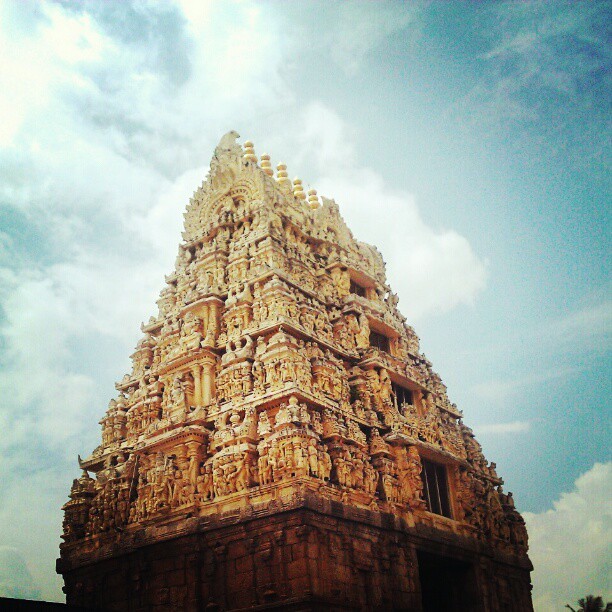K & I have been working almost every weekend and every weekday for a year now. It was time to take stock of our stress levels and leave behind the maddening city for a break in the hills.
The birthday weekend combined with a holiday for Gandhi Jayanti was the perfect excuse for a longish-short break to Chikmagalur.
Where to Stay in Chikmagalur
I didn’t want to rough it out in a homestay - I didn’t have enough time to research, I didn’t want to stay at a resort that was filled with families and had kids running all over the place and, I didn’t want to stay at an overpriced “honeymoon” resort.
My long list of what I didn’t want and drawing a blank at what I want, notwithstanding, there were two clear choices: Taj Gateway and Flameback Lodges. A quick check of the bank balance, credit card bills and the long wishlists on a hundred and one e-commerce sites later, we settled on the Taj Gateway.
Chikmagalur is a 260 km drive away from Bangalore. We set off not so early in the morning on Saturday at 9 am, stopped at a Kamat that had lady servers (I haven’t seen this in Bangalore), drove through potholed Hassan, wondered aloud why an “international boarding school” was located just on the outskirts of dirty grimy Hassan (City?) and finally made it to Chikmagalur just in time for lunch.
Lunch was perfectly circular mini akki rotis and mamsa curry, home style. I don’t have a single food picture from this trip - that should be testimony enough to how delicious the food was.
-
When we drive through these sleepy touristy towns, I always wonder about their equally sleepy seasonal economies. It’s disconcerting to drive on highways that meander through sleepy little villages and see the local people waiting for hours together for a bus to come by. There are almost always no rickshaws in sight beyond a 2km radius of the city centres. Whether it’s Coorg or Chikmagalur or hamlets on the way to Calicut, there are always these people just trudging along - to work, from work - on potholed roads with no streetlights as we zip down in our fast city cars. What do they make of all these contradictions abounding in their backyards? I’ll never know.
I was chuffed to learn that Kamat now hires local women as servers in their highway restaurants. I asked around at the Taj about the other worldly mamsa curry and found out that the hotels now have homemakers on their payrolls. So much win!
Taj Gateway
Powder blue skies, cups of coffee and mouthfuls of sky are my idea of a perfect vacation and Chikmagalur didn’t disappoint. Or maybe there wasn’t much of an expectation to begin with: I wake up all sneezes and sniffles in Bangalore and spend an hour every morning re-orienting myself to the pollution.
The added bonus was the morning entertainment via a monkey family that came by to raid our coffee leftovers aka sugar packets.
Post their regular sugar binge, there was some sugar spilled on the table and this li’l monkey had come back to lick it off.
So disgusting.
It then went swinging on the trees and fell off a branch.
So cute.
I liked that the hotel is located just off the major highways that pass through Chikmagalur. The buildings that house the rooms are reminiscent of the colonial architecture one sees in these parts. The trail around the property lead to miniature coffee plantations interspersed with pepper vines and chikoo trees.
When I walk around these lush properties and serendipitously find fruit trees, veggie patches and spices I’m instantly reminded of summer holidays at my Grandma’s house in Mangalore.
We used to even have coffee plants as hedges at my grandma’s. Now I act like a city bumpkin every time I see these plants - “ZOMG! Look, Coffee! Such much coffee!”
(Then my grandparents became greedy capitalists and sold away my childhood memories for lumps of money.)
Taj also had these hibiscus plants at the entrance. Each flower was as big as my face - I should have posed next to it to give you a better idea. Next time.
Then there was this pool that we didn’t swim in. Because we forgot to pack swim wear, of course. It overlooks the misty hills of Bababudangiri and I think its only purpose was to distract us from the seemingly treacherous trek.
What we did instead was sit by the pool and dig into the sumptuous breakfast buffet spread. The breakfast was a good mix of Continental and South Indian with a dismal pastry + bakery selection. I don’t know if there is any breakfast item that’s intrinsically Chikamagalurian but there wasn’t any in the spread.
Sunday was the birthday and all I wanted to do was drive down to the temple towns of Belur & Halebeedu. K obliged and off we went: Belur is 30 km away from Chikmagalur and Halebeedu another 15 kms ahead of Belur.






































